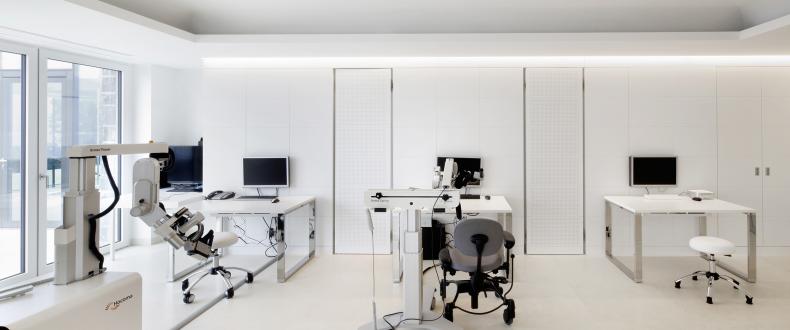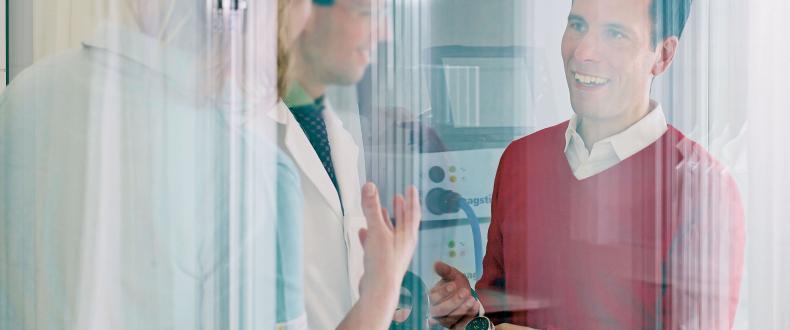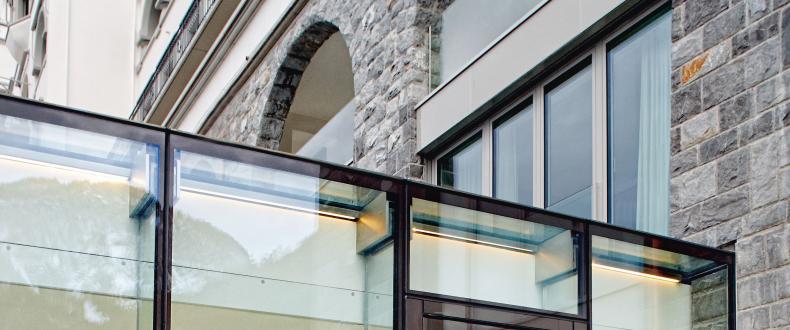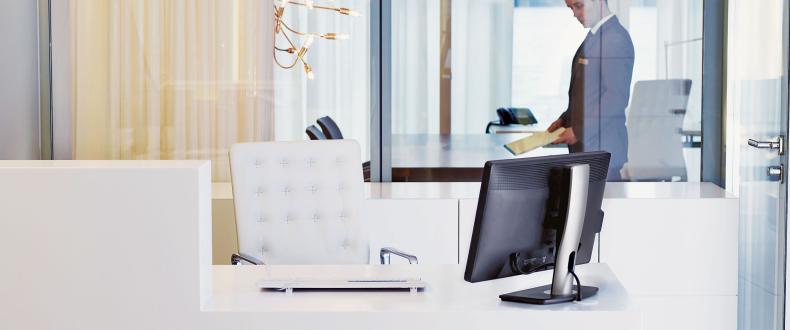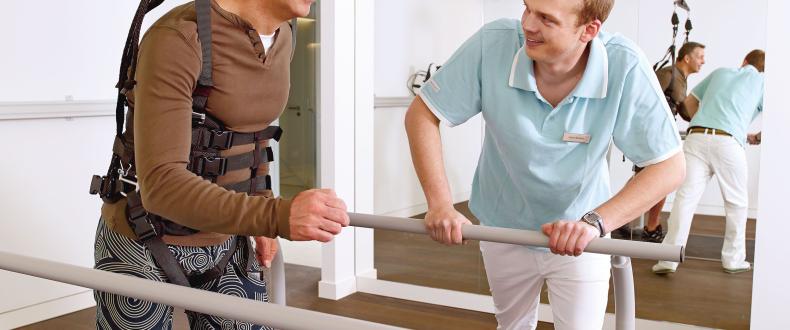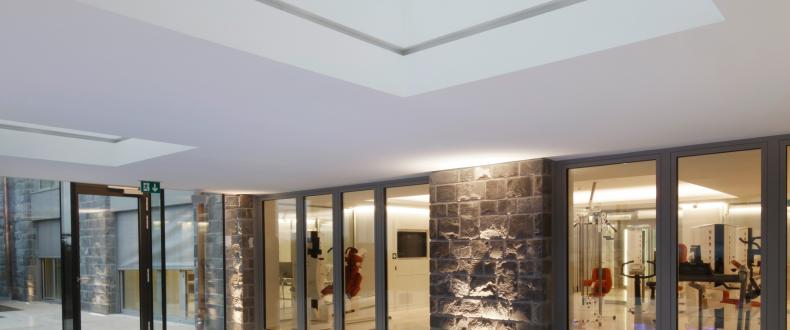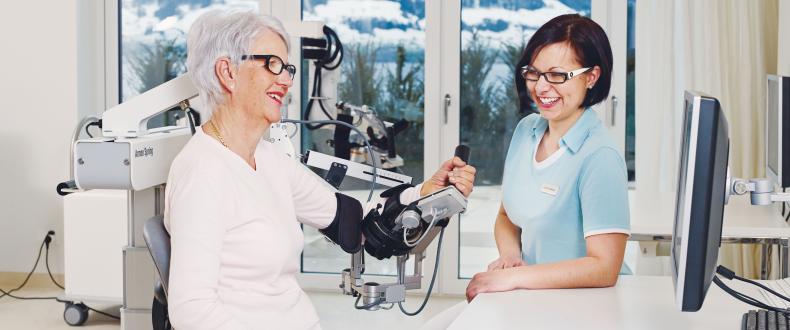- Swiss Health Care
- Hospitals
- CERENEO, Vitznau
CERENEO, Vitznau
At cereneo, we combine expert medical care with a motivating environment and science-based therapies in neurorehabilitation: Neuroscience-based physical, occupational, speech and language therapy, and neuropsychology. We use research methodology to continuously monitor the recovery and the response to therapy.
CERENEO, Vitznau details
Therapy Concept
Each patient will be offered an individualized therapy concept that is designed based on a thorough medical diagnosis and the patient’s individual impairment profile. Disorders of the nervous system often affect different body functions with direct and indirect consequences for many aspects of daily life. The complexity of disability requires an interdisciplinary therapeutic approach bringing together a number of professional groups.
•Medicine & Neurology
•Physiotherapy
•Occupational therapy
•Speech and language therapy
•Neuropsychology
•Social therapy/advice
Physiotherapy
The onset of a disturbance of the central or peripheral nervous system is followed by a change in normal posture and movement patterns, and these influence the independence of the affected person in their daily life. A reduction in muscular strength, bodily perception and balance skills means that various activities such as walking, eating, dressing and undressing can only be accomplished with difficult or the assistance of additional external aids. In the area of neurological rehabilitation, physiotherapy aids the restoration of limited functions to regain as great a degree of independence as possible.. In addition to intensive individual therapies, a variety of group therapies can be availed of to improve balance skills and promote muscular strength and endurance.
Our physiotherapeutic methods are aided by use of the following technical equipment:
•MTT equipment: medicinal training therapy
•Lokomat gait orthosis
•3 dimensional gait analysis system
•GaitUp
•ZeroG
•Balance Master
•Split Belt
•Allegro
Occupational therapy
Following a neurological incident such as a stroke, everyday independence and the ability to pursue one’s own life independently are frequently limited. Occupational therapy focuses on regaining precisely this independence in life in the best possible manner. The therapy is designed to relate to everyday needs, with individual goals determined together with the patient very much in the foreground. Occupational therapeutic intervention in cereneo may involve the following treatment strategies:
-
Franziska Stengel’s concept (group and individual therapy)
-
Lokomat therapy
Lokomat Therapy
The Lokomat system is an electrically controlled gait orthosis which enables complete guiding or partial support of walking motion on a treadmill. In addition, the user’s motivation is influenced by a visual feedback system. The rhythmic and repetitive motion sequence promotes motion automation, enhancing the efficiency with which movements are executed. Lokomat training has enabled patients who have suffered impairment of their leg and walking functionality as a result of neurological damage to make good progress in improving activities such as standing or walking.
Logopaedics
Logopaedic therapy involves the treatment of patients who, as a consequence of a neurological illness, have suffered limitations in the area of speech, speaking, communication, swallowing, breathing, vocal skills, speech flow, reading, writing or calculating. Specific diagnostics, therapy individually adapted to address the needs of the patient, consulting and instruction of dependents are employed to stimulate impaired performance through a variety of treatment methods, all of which are designed to restore normal capacities.
Neuropsychology
Initial examination in the neuropsychological department determines whether and which brain functions have been affected by an injury. Various areas are examined in this respect:
•Simple critical perception (e.g. scotoma)
•Complex critical perception (e.g. recognition of faces or emotions)
•Attention performance (e.g. drawing attention to particular spatial locations or stimulus categories, but also sustained attention, power of concentration)
•Memory capacity (working memory for differing content, transition to long-term memory, reception/recall)
•Emotional processing
•Executive functions and constructive skills (e.g. planning action, creativity and problem solving)
Examination of these differing brain performance functions is realised where possible at the outset of the patient’s stay and serves as a basis to assist our neuropsychologists in deciding whether a specific neuropsychological training program should be pursued.
A renewed examination generally takes place at the end of the patient’s stay where, in cooperation with dependents and colleagues from the social services, directions for reintegration in the professional environment or specific strategies for dealing with more long-term impairments are developed.
With the aid of neuropsychology, patients are prepared to face the mental requirements to be expected during a return to a domestic or professional environment following a cerebral injury, with these challenges being addressed in this manner.
